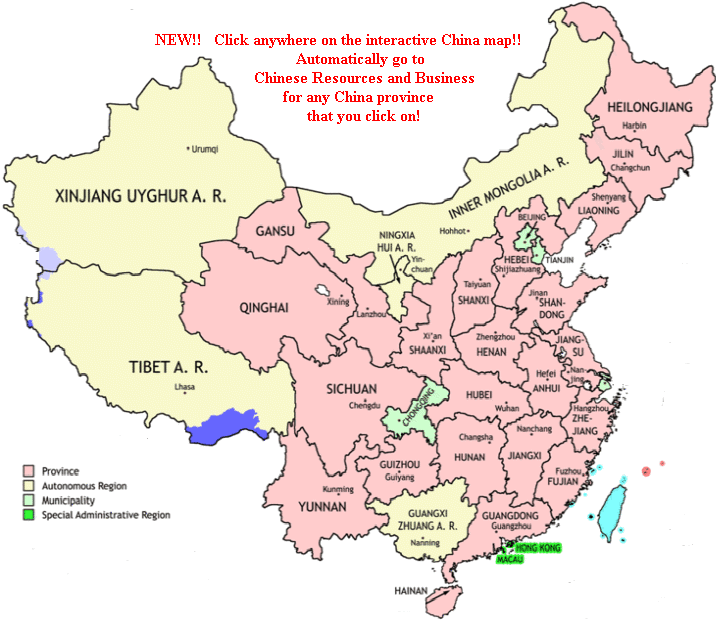|
Typhoon Haiyan - Wikipedia
Haiyan was last noted as a tropical depression by the JMA on the following day. The first warning noted for Haiyan was in November 3, when a storm warning arose in the Federated States of Micronesia, specifically in the Chuuk Lagoon, Losap, and Poluwat, gradually expanding to other towns as well.
Super Typhoon Haiyan | 2013, Northern Pacific Ocean | Britannica
Super Typhoon Haiyan, massive and highly destructive storm in the North Pacific Ocean that affected Palau, the Philippines, Vietnam, and China during early November 2013. The tropical cyclone produced high winds, coastal storm surges, heavy rains, and flooding in the land areas over which it passed.
Typhoon Haiyan Case Study - Internet Geography
Typhoon Haiyan, a category five typhoon, struck the Philippines, close to Tacloban on 8th November, 2013 at 4.40 am. The tropical storm originated in the northwest Pacific Ocean.
2013 State of the Climate: Record-breaking Super Typhoon Haiyan
In the early hours of November 8, 2013, Super Typhoon Haiyan raged into the southern Philippines. The Category 5 storm struck the Visayas region with devastating winds and towering waves. The storm struck with such force that even government-designated storm shelters were swept away.
Typhoon Haiyan: Facts, FAQs, and how to help - World Vision
Super Typhoon Haiyan, one of the most powerful typhoons in history, struck the Philippines on November 8, 2013, as a Category 5 storm. The typhoon’s fury affected more than 14 million people across 44 provinces, claiming the lives of over 8,000 people, and displacing millions more.
Typhoon Haiyan - ArcGIS StoryMaps
Tropical Storm Haiyan caused landfall in Vietnam, during the early morning on 11 November 2013. The primary impact on the Philippines had been the typhoon's powerful winds, the storm gathered moisture as it crossed the South China Sea over the weekend causing heavy rain to fall over Vietnam.
Typhoon Haiyan: 20 Shocking Facts About the Deadly Storm and Its ...
Typhoon Haiyan, a relentless Category 5 super typhoon, serves as a chilling reminder of nature’s immense power. In November 2013, it reached unprecedented strength, with sustained winds gusting at 195 mph (315 km/h).
Heeding the Lessons of Super Typhoon Haiyan: Why Science Matters
Ten years ago, on 8 November 2013, Supertyphoon Haiyan (local name Yolanda) barreled through the central region of the Philippines. The cyclone was one of the most powerful to make landfall in recorded history, killing thousands and leaving communities in ruins.
Meteorological history of Typhoon Haiyan - Wikipedia
Typhoon Haiyan 's meteorological history began with its origins as a tropical disturbance east-southeast of Pohnpei and lasted until its degeneration as a tropical cyclone over southern China.
颱風海燕 - 维基百科,自由的百科全书
颱風海燕 (英語: Typhoon Haiyan,國際編號: 1330[2], 聯合颱風警報中心: WP312013, 菲律賓大氣地球物理和天文管理局: Yolanda)為 2013年太平洋颱風季 第28個被命名的風暴。
|


